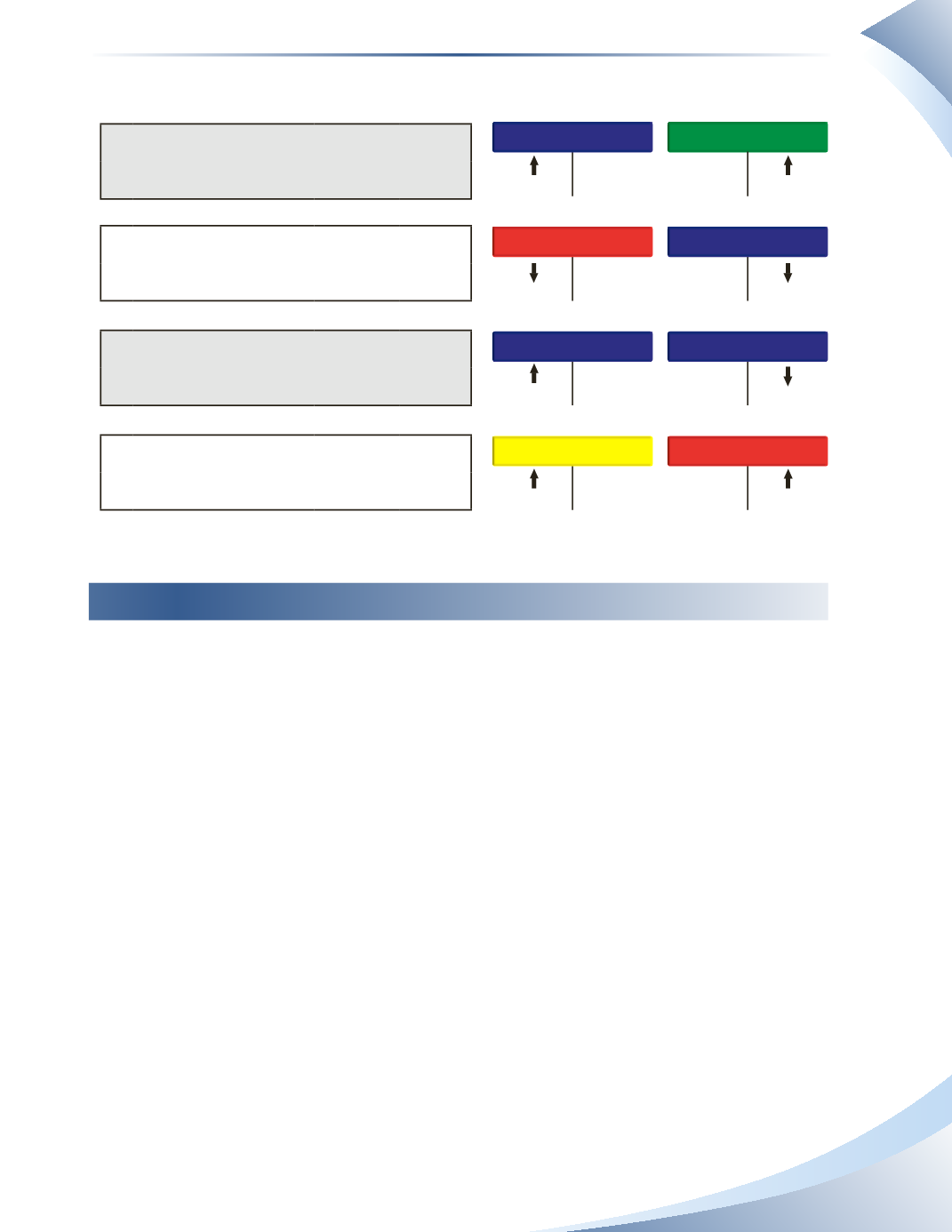
Chapter 4
The Accounting Cycle: Journals and Ledgers
81
These transactions are summarized in a table and illustrated in T-accounts in Figure 4.2.
1. Cash
Increase Debit
Service Revenue
Increase Credit
2. Bank Loan
Decrease Debit
Cash
Decrease Credit
3. Prepaid Insurance
Increase Debit
Cash
Decrease Credit
4. Maintenance Expense Increase Debit
Accounts Payable
Increase Credit
________________
figure 4.2
The Accounting Cycle
As discussed in the previous chapter, the purpose of accounting is to prepare financial statements
which help users to make informed decisions. There are many transactions during an accounting
period and it is important to summarize them all within the financial statements.The framework
to make sure this is done properly is called the accounting cycle.
The
accounting cycle
refers to the steps required to complete the financial statements. Businesses
prepare financial statements at the end of each accounting period, whether it is a month, quarter,
year, etc. Every period, the cycle repeats. Over the next three chapters, the accounting cycle will be
illustrated using a monthly period for a sample company.
Figure 4.3 shows the steps required to generate a formal set of financial statements for a given
period. A computerized system will either perform most of these steps automatically or have them
available immediately, while a manual system requires each step to be completed by hand.The first
three steps (in blue) are performed repeatedly during the accounting period while the remaining
steps are all completed at the end of the current period and prepare the accounts for the next pe-
riod.This chapter will cover the first four steps of the accounting cycle.
CASH
BANK LOAN
PREPAID INSURANCE
MAINTENANCE EXPENSE
SERVICE REVENUE
CASH
CASH
ACCOUNTS PAYABLE
Debit
Credit
Credit
Debit
Credit
Debit
Debit
Credit


